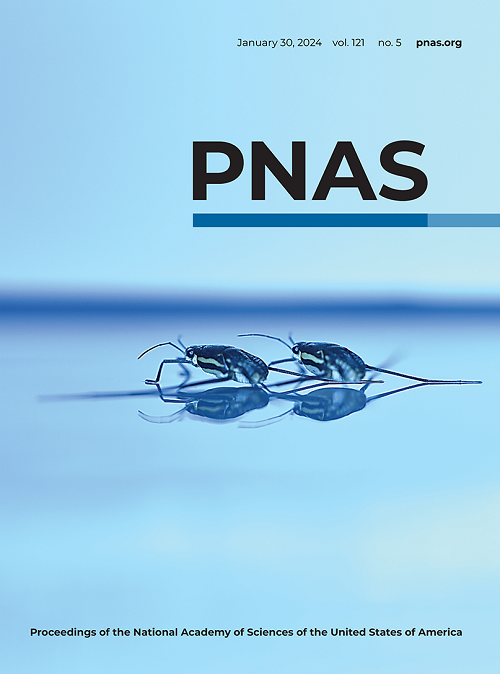气候变化下雌雄异株植物范围变化预测
IF 9.4
1区 综合性期刊
Q1 MULTIDISCIPLINARY SCIENCES
Proceedings of the National Academy of Sciences of the United States of America
Pub Date : 2025-05-20
DOI:10.1073/pnas.2422162122
引用次数: 0
摘要
全球气候变化引发了对地球生物多样性重组预测的迫切需求。对于雌雄异株物种(具有不同性别的物种),尚不清楚雌性和雄性独特的气候敏感性在多大程度上影响物种对气候变化响应的预估。我们开发了范围限制的人口统计学模型,通过地理分布的普通花园实验来参数化,在美国中南部,一种雌雄异株草(Poa arachnifera)的雌性和雄性在其范围内外进行了实验。我们将标准的雌性优势模型的预测与考虑性别比和存活率之间反馈的两性模型的预测进行了对比。两个模型版本都预测,未来的气候变化将导致生态位适宜性超越目前的北方界限向极地移动。然而,雌性优势模式低估了极移的幅度,因为雌性比雄性具有更广泛的温度耐受性,但在雌性偏倚的性别比例下会变得有限,预计在未来气候下这种情况将变得更加普遍。我们的研究结果说明了如何明确地考虑两性可以提高种群生存力预测和保护规划,以应对气候变化的雌雄异株物种。本文章由计算机程序翻译,如有差异,请以英文原文为准。
Forecasting range shifts of dioecious plants under climate change
Global climate change has triggered an urgent need for predicting the reorganization of Earth’s biodiversity. For dioecious species (those with separate sexes), it is unclear how commonly unique climate sensitivities of females and males could influence projections for species-level responses to climate change. We developed demographic models of range limitation, parameterized from geographically distributed common garden experiments, with females and males of a dioecious grass species ( Poa arachnifera ) throughout and beyond its range in the south-central U.S. We contrasted predictions of a standard female-dominant model with those of a two-sex model that accounts for feedbacks between sex ratio and vital rates. Both model versions predict that future climate change will induce a poleward shift of niche suitability beyond current northern limits. However, the magnitude of the poleward shift was underestimated by the female-dominant model because females have broader temperature tolerance than males but become mate-limited under female-biased sex ratios, which are forecasted to become more common under future climate. Our results illustrate how explicitly accounting for both sexes can enhance population viability forecasts and conservation planning for dioecious species in response to climate change.
求助全文
通过发布文献求助,成功后即可免费获取论文全文。
去求助
来源期刊
CiteScore
19.00
自引率
0.90%
发文量
3575
审稿时长
2.5 months
期刊介绍:
The Proceedings of the National Academy of Sciences (PNAS), a peer-reviewed journal of the National Academy of Sciences (NAS), serves as an authoritative source for high-impact, original research across the biological, physical, and social sciences. With a global scope, the journal welcomes submissions from researchers worldwide, making it an inclusive platform for advancing scientific knowledge.

 求助内容:
求助内容: 应助结果提醒方式:
应助结果提醒方式:


